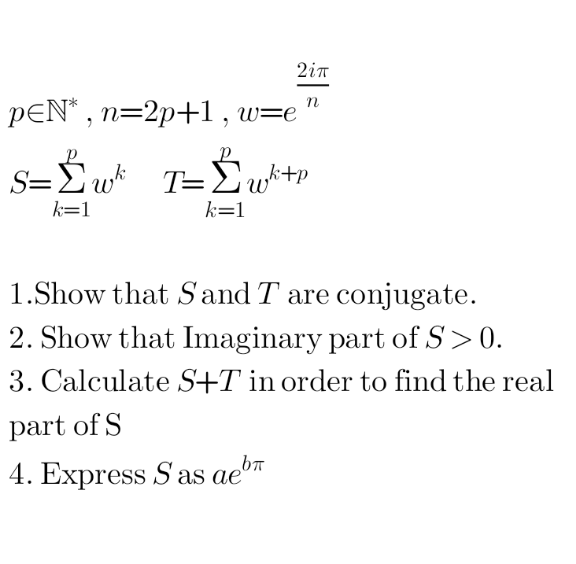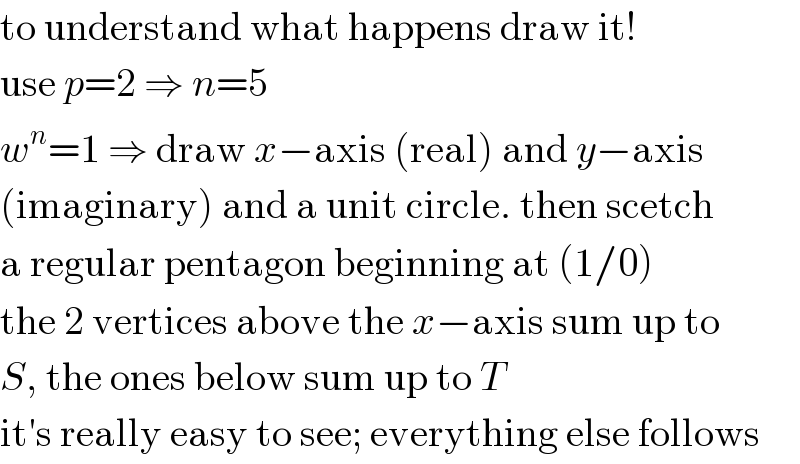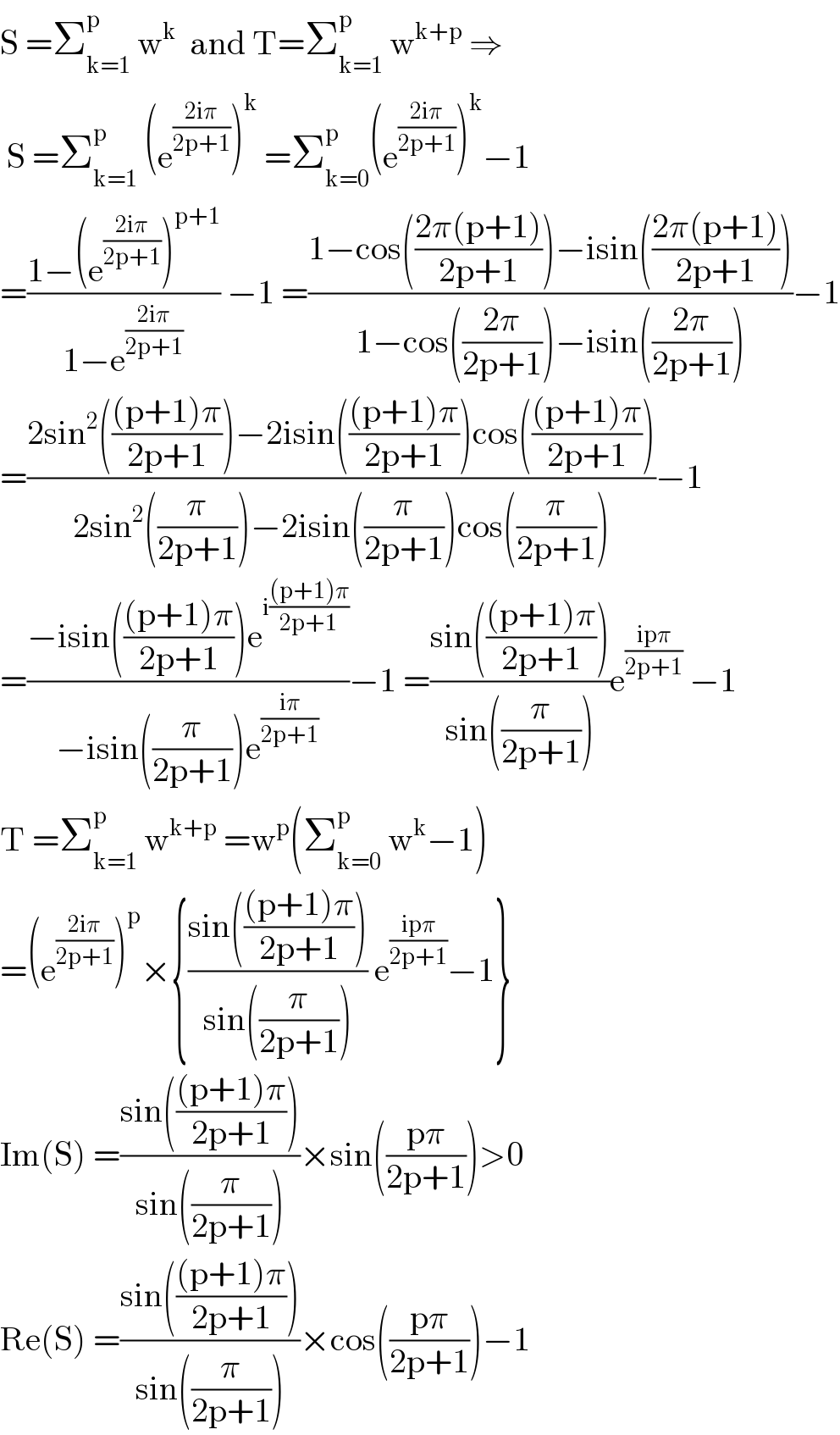
Question and Answers Forum
Question Number 119136 by Hassen_Timol last updated on 22/Oct/20

Commented by MJS_new last updated on 22/Oct/20

Commented by Hassen_Timol last updated on 22/Oct/20
Okay thank you very much
Answered by mathmax by abdo last updated on 22/Oct/20

Commented by Hassen_Timol last updated on 26/Oct/20
Thank you so much you save my entire life
